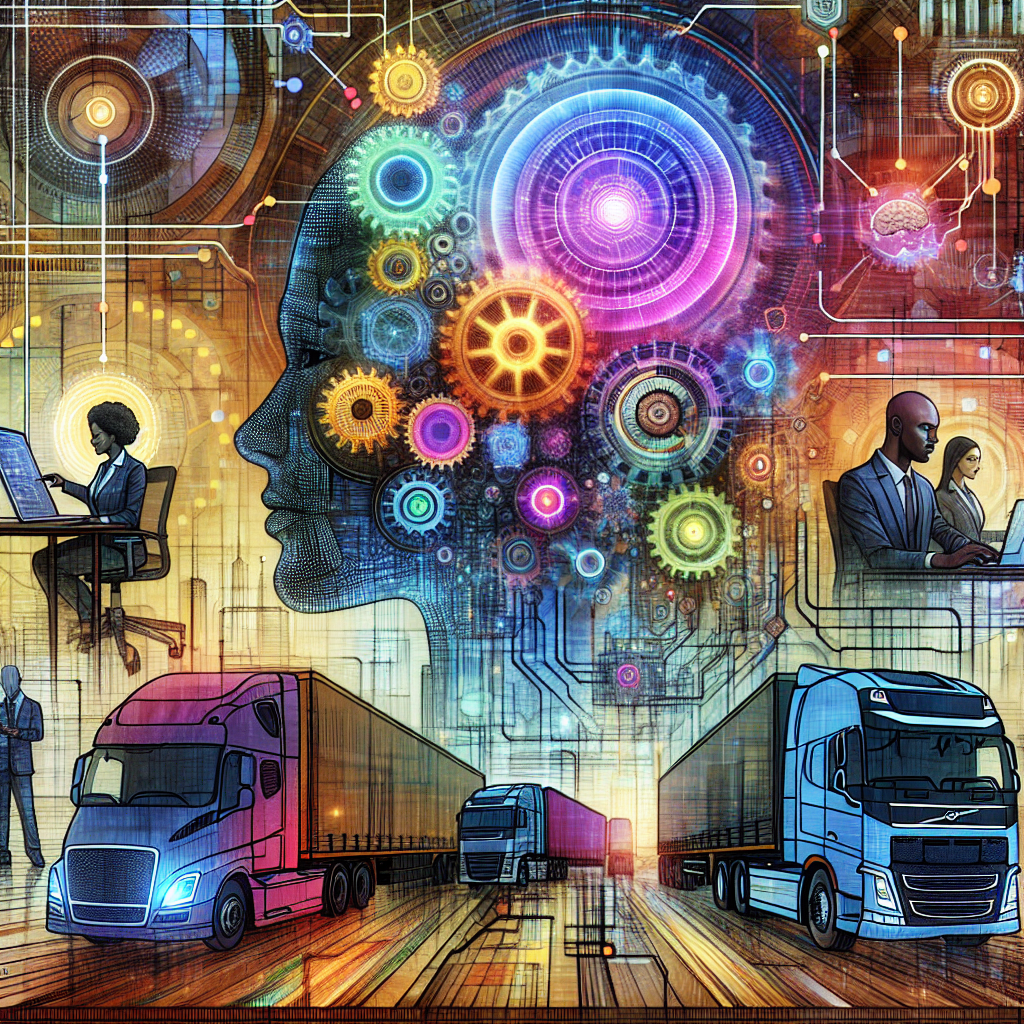Tech transforms lives. But at what cost? The artificial intelligence revolution is here, and it’s moving faster than most industry leaders anticipated.
We’re witnessing a profound shift across multiple sectors as AI technologies deliver unprecedented efficiency gains. In healthcare, patient care coordination is being reimagined through partnerships like Equiva and Belong.Life, where AI mentors now guide patients through complex treatment journeys. Meanwhile, specialized AI tools are helping autistic individuals decode social interactions that once seemed impenetrable.
These advances represent just the visible edge of a technological tsunami. The real transformation lies in how AI is fundamentally altering decision-making frameworks across industries. In agriculture, predictive AI systems are creating what experts call a “foresight gap” – where large corporations with access to sophisticated AI tools gain insurmountable advantages over smallholder farmers who lack these resources.
This pattern repeats across sectors. Those with AI capabilities accelerate forward while others fall behind at an accelerating rate. The gap isn’t closing; it’s widening daily.
As someone who has witnessed technology disruption firsthand during my transition from Yellow Pages to the recruiting industry, I recognize this inflection point. When the internet made print directories obsolete, companies had years to adapt. With AI, the transformation timeline has compressed from decades to months.
What’s particularly concerning are the warnings coming from AI pioneers themselves. Geoffrey Hinton, often called the “Godfather of AI,” recently left Google to speak freely about his concerns. His message is stark: superintelligent AI could arrive much sooner than expected, potentially threatening not just jobs but human cognitive independence.
We’re already seeing early indicators of this dependency. Research suggests a measurable decline in critical thinking skills as reliance on AI increases. Like muscles that atrophy without use, our cognitive abilities may weaken when outsourced to algorithms. This creates a troubling paradox: as AI tools become more essential to competitive success, they simultaneously reduce our capacity to function without them.
In the recruiting and staffing industry, we face this reality daily. AI can scan thousands of resumes in seconds, predict candidate success with increasing accuracy, and automate communication flows that once required teams of people. The efficiency gains are undeniable.
But the most successful implementations maintain what I call a “Hybrid AI Workforce” approach. This model strategically integrates AI capabilities with human insight, creating systems where technology handles repetitive tasks while humans focus on relationship building, complex judgment calls, and creative problem-solving.
This balance becomes increasingly crucial as technical skills become more automated. The World Economic Forum and multiple research studies confirm that soft skills like empathy, emotional intelligence, and adaptive thinking will remain distinctly human advantages for the foreseeable future.
The companies thriving amid this transformation aren’t those with the most advanced AI tools, but those who strategically deploy AI to augment human capabilities rather than replace them. They create systems where technology and humanity each contribute their unique strengths.
For staffing and recruiting leaders, this presents both challenge and opportunity. The industry sits at the intersection of technology and human potential. Those who can harness AI to enhance rather than diminish the human elements of recruitment will define the next era of talent acquisition.
The AI revolution brings tremendous promise, but also requires vigilance. As we integrate these powerful tools into our businesses and society, we must continuously ask not just what AI can do, but what it should do. The distinction will determine whether we create a future that enhances human potential or diminishes it.
